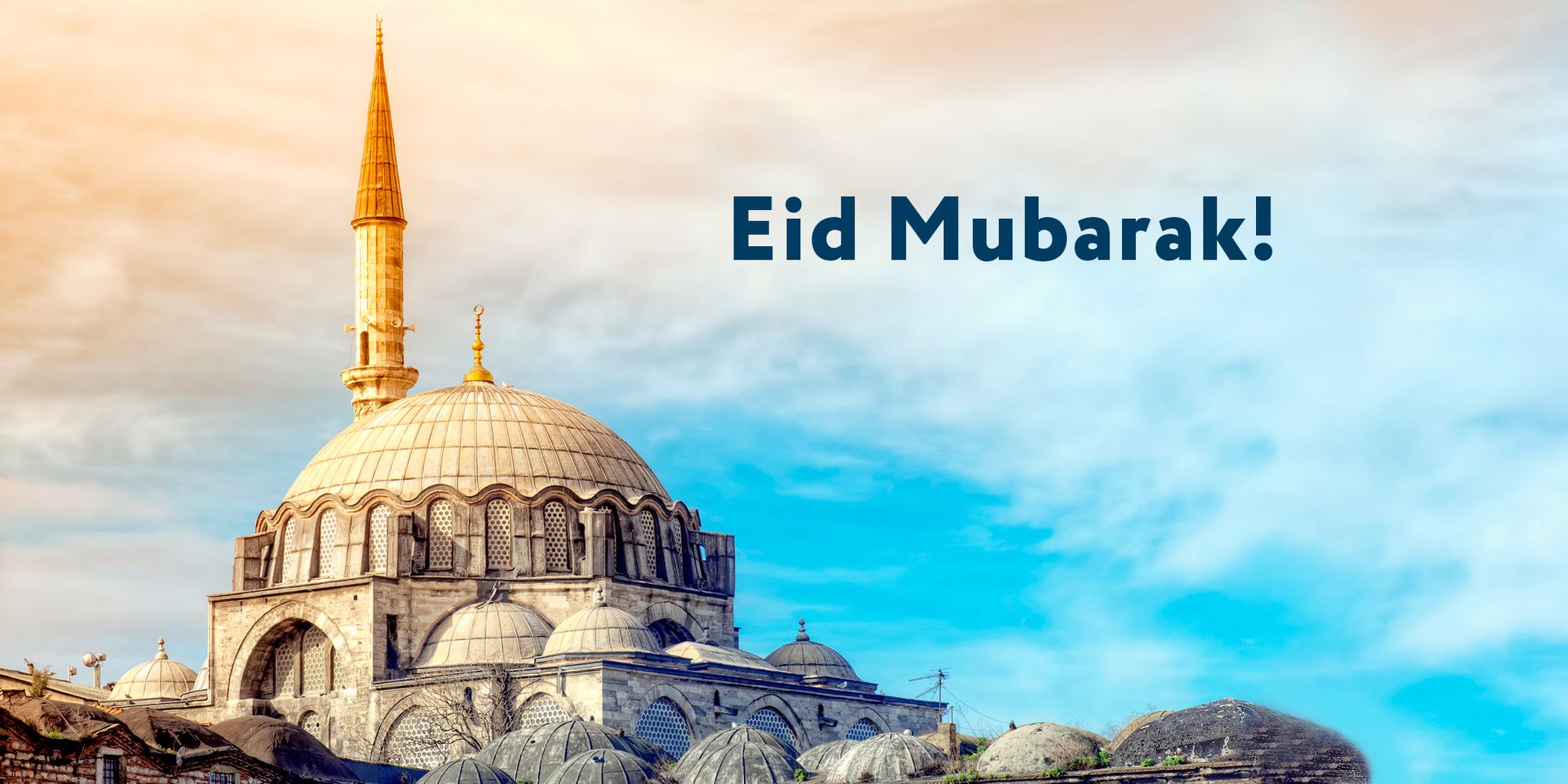Celebrating Eid al-Fitr Around the World
Eid al-Fitr is a time of joy and celebration after fasting for thirty days during Ramadan. And with each family creating their own traditions – some are the same across the world: dressing up in new clothes, sharing favourite meals and exchanging gifts; others vary considerably from one place to the next.
So what better way to see what types of traditions there are than to take a virtual tour of Eid celebrations around the world, to see what our fellow Muslims do to observe this important festival in different countries.
Eid Prayers
Wherever you are in the Muslim world, you will hear the Eid Takbir being recited by those on their way to Eid prayers, with the sounds of “Allahu akbar, Allahu akbar, la ilaha ill-Allah, wa Allahu akbar, Allah akbar, wa Lillah il-hamd" resonating in the streets and reaching the ears of excited children as they prepare for the celebrations.
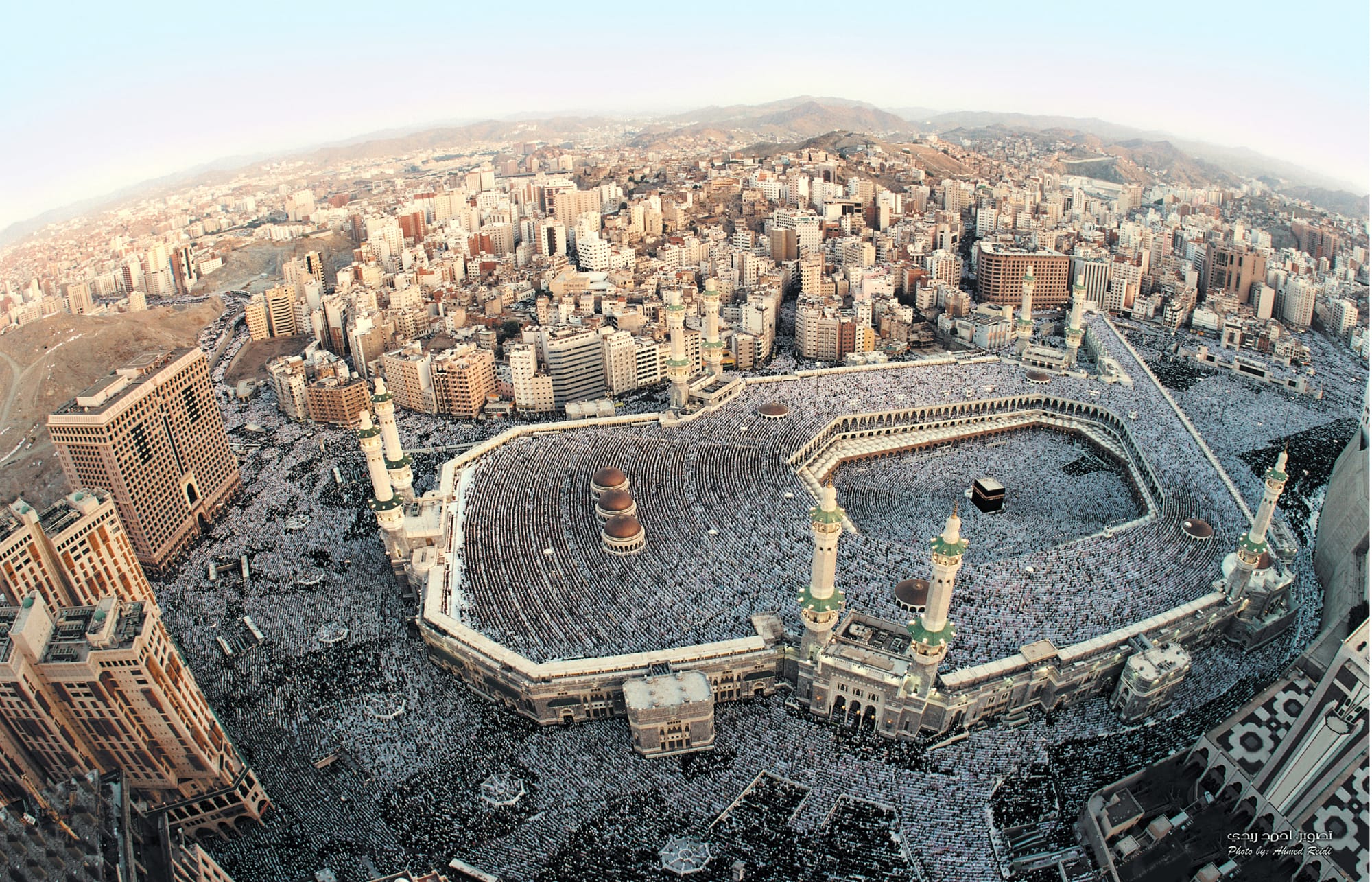
In Türkiye, families usually wake up very early in the morning, shower, dress up in their best clothes, put on a nice perfume, eat a few dates as per the sunnah of the Prophet Muhammad (SAW) and the male members of the household go to the local mosque to listen to the Eid khutbah, pray collectively and wish each other a ‘Ramazan mübarek olsun’ (Eid Mubarak).
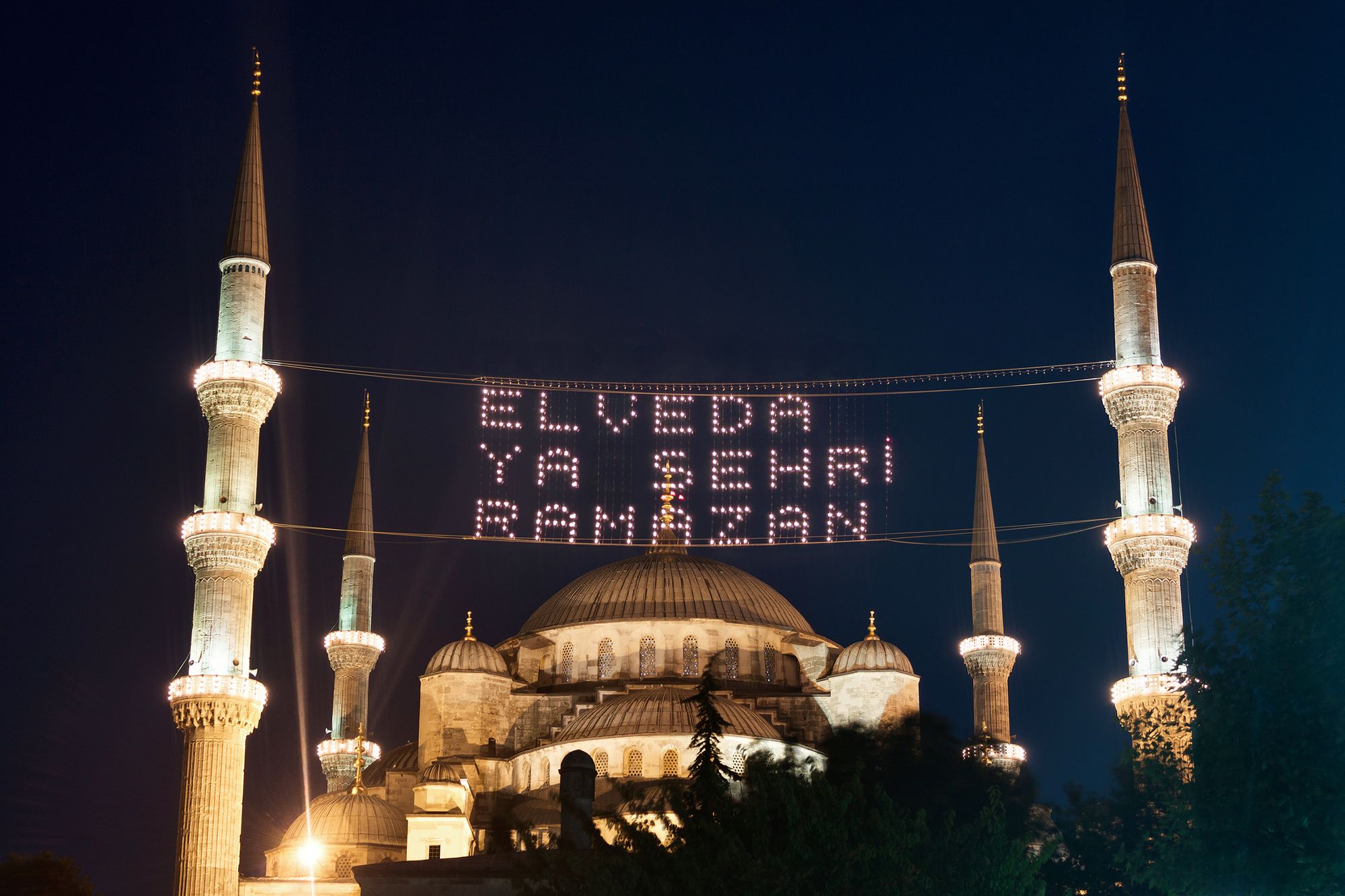
In Indonesia, in small towns and villages, the entire population, men, women and children meet at the biggest square or park or the biggest mosque for Eid prayer. Women wear the traditional mukena, a loosely fitted two piece white prayer dress. Men wear long-sleeved white shirts with raised stiff collars. The thousands of people wearing white clothes creates a white sea - a mesmerising sight. In addition to the white shirt, the traditional Indonesian male attire consists of a traditional hat known as a peci, which has an elliptical shape, sometimes with decoration, and matching pants. The name peci was probably derived from the Dutch word petje which literally means “small hat”, or possibly derived from the Turkish fez. Depending on the region, men wear a blangkon or udeng or some other regional traditional hat instead of the peci. It is called songkok in Malaysia. Malaysians traditionally wear a waist wrap called baju melaju.
Sweet Treats
In Türkiye, as well as being known as ‘Ramazan Bayramı’, Eid al-Fitr is also known by some as ‘Șeker Bayramı’, which translates as the ‘feast of sugar’ or ‘sweet feast’ highlighting one of the main aspects of the celebration, which is equally significant wherever in the world you travel. After fasting during the month of Ramadan, Eid al-Fitr is a time for savouring sweet treats – especially for children. Families enjoy honey-soaked pastries such as baklava, with layers of filo pastry and pistachios, or kadayıf which is bread soaked in syrup.
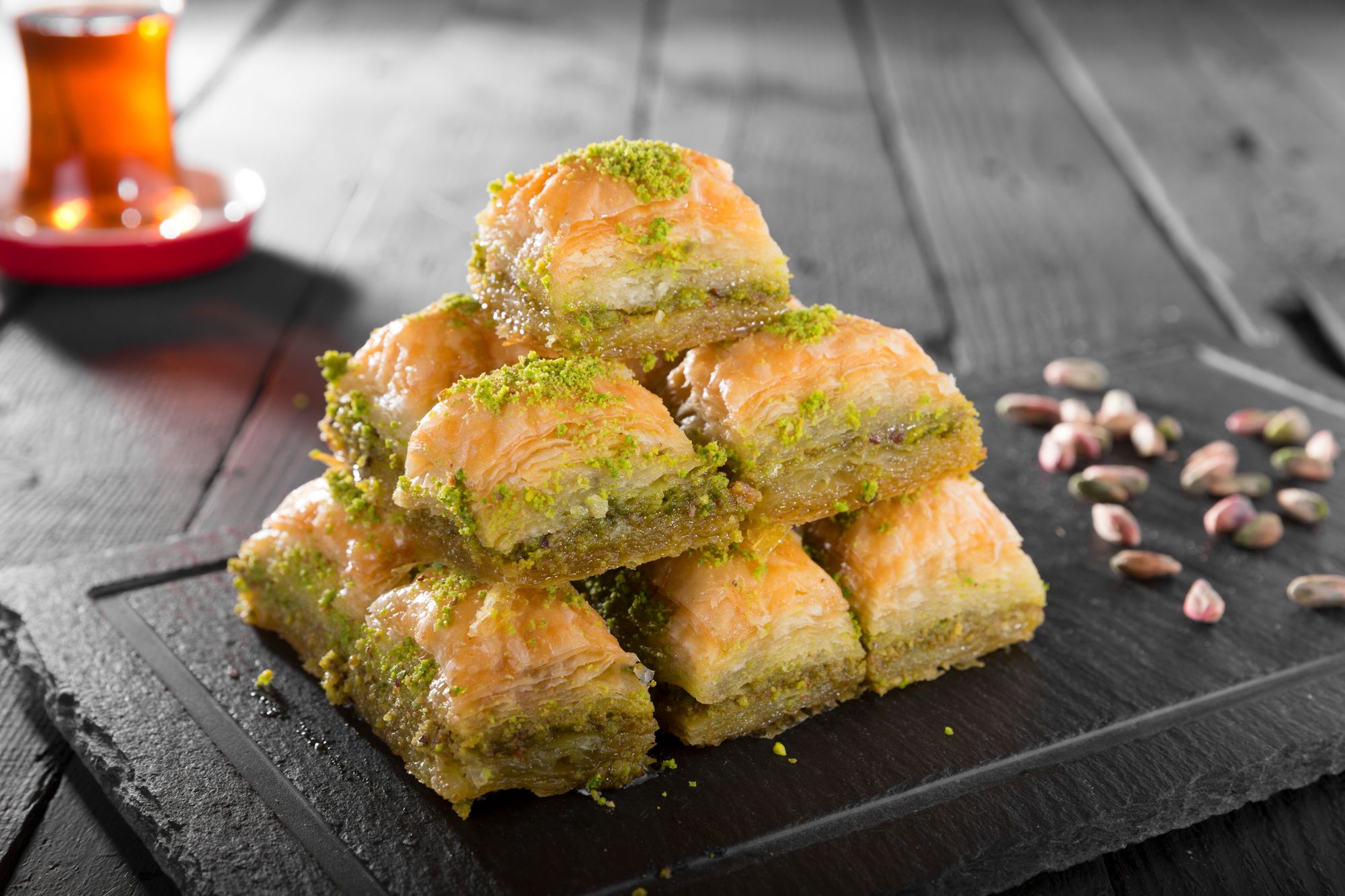
In Egypt, sweet treats such as kahk, cookies filled with nuts and dusted with icing sugar, also play a big role in Eid celebrations, washed down with the delicious apricot juice, Qamar al-deen.
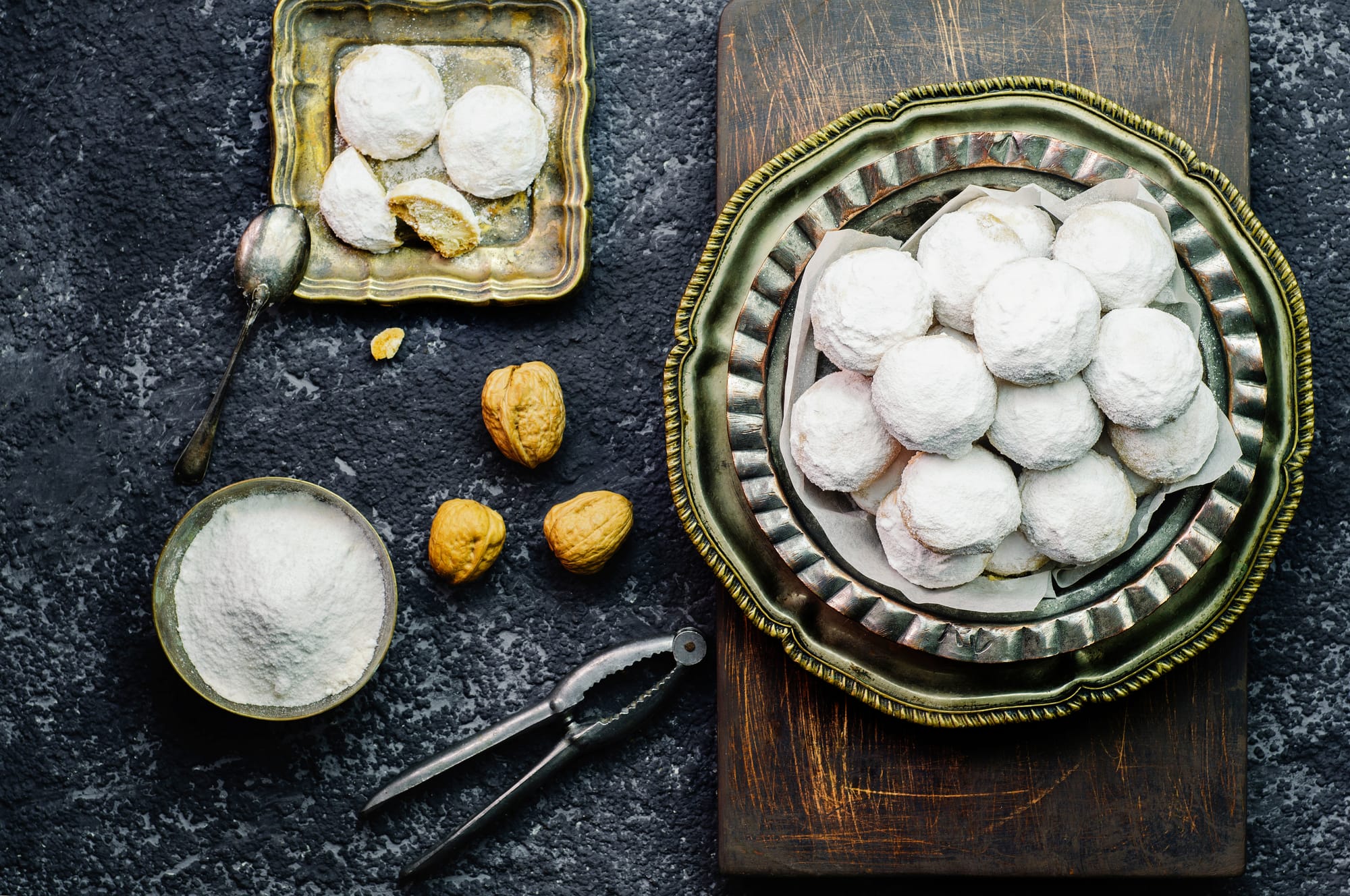
In Morocco, it's ma'amoul, spice biscuits filled with dates, and in Malaysia, kuih nenas, delicious pineapple biscuits. In Iraq and Saudi Arabia, you can try kleichas, rose-flavoured cookies filled with nuts and dates. However, Indonesia wins the award for the most colourful sugary delicacy with its thousand-layer rainbow cake called lapis legit.
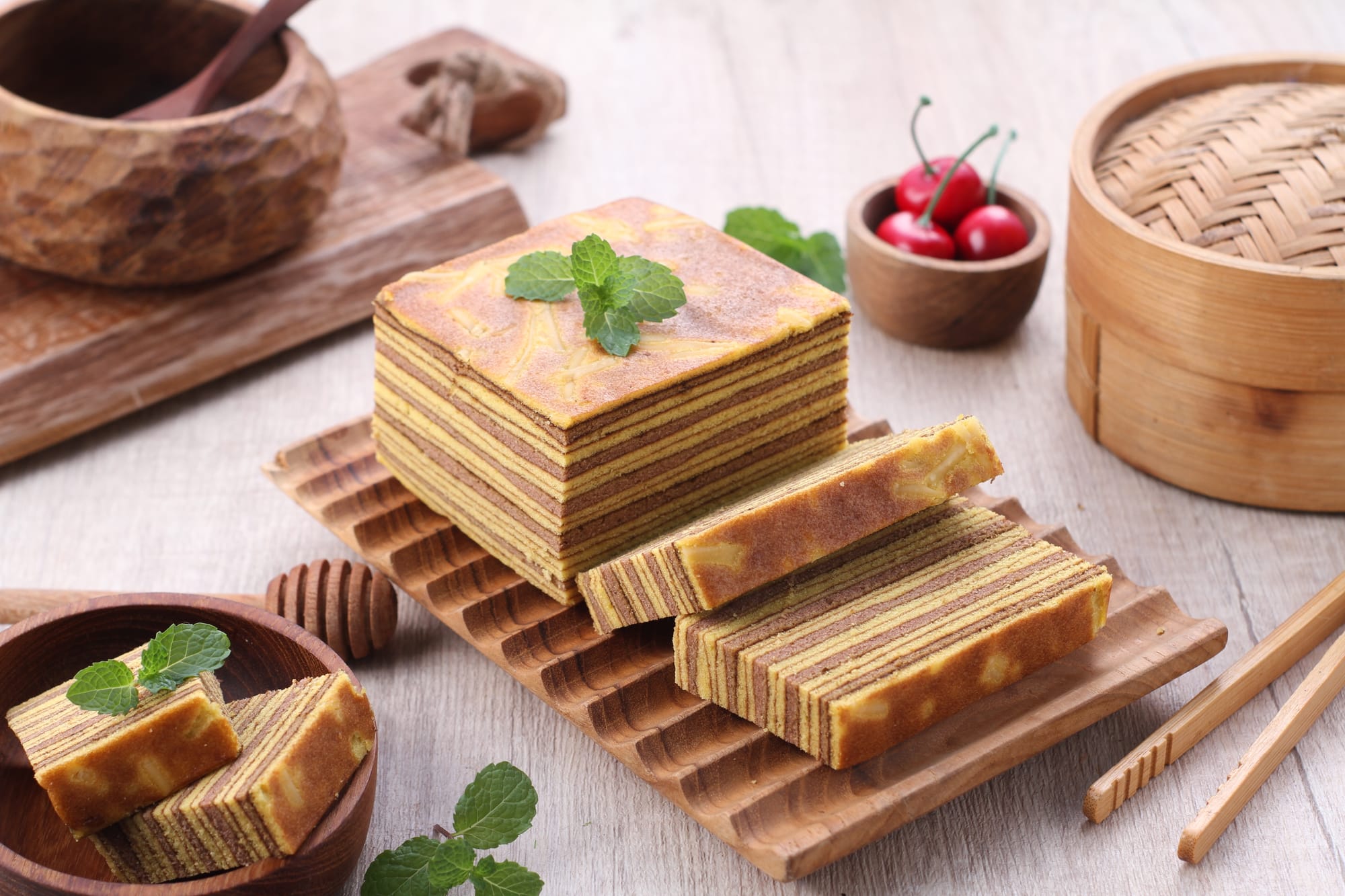
Family Meals
In the UAE, a tasty speciality at this time of year is ouzi, a pastry stuffed with spiced goat meat, mixed with rice and pine nuts. In Türkiye, traditional dishes such as hünkar beğendi, a lamb and aubergine dish which originated in Ottoman times, stuffed peppers, or chicken with rice are served. In Malaysia, it is rendang, a spicy stewed meat, lontong, a vegetarian coconut curry with cubed rice or even a whole barbecued lamb. In Morocco, it is a tradition to eat couscous on Eid al-Fitr.
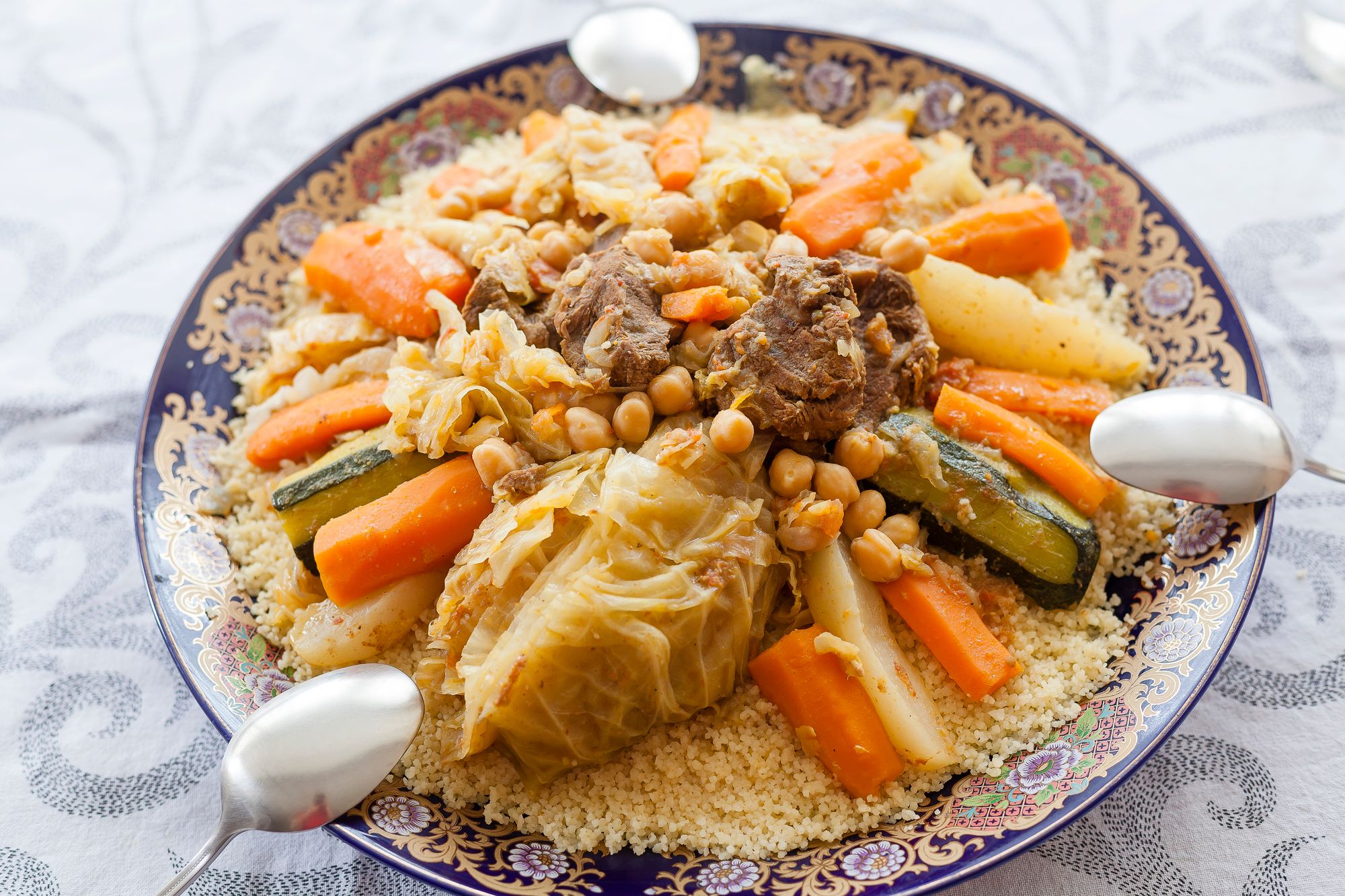
Sharing at Eid al-Fitr
In Malaysia, Eid al-Fitr is known as 'Hari Raya'. A central part of the celebrations is a lovely tradition known as ‘open house’. Whether you live in a palace or a more modest dwelling, it is traditional for Muslims to set out an open buffet and open their house to their neighbours to invite them to share the feast. Malaysia is a multicultural society and Eid is a celebration for the whole community when people from different faiths and cultures come together to celebrate and share food.
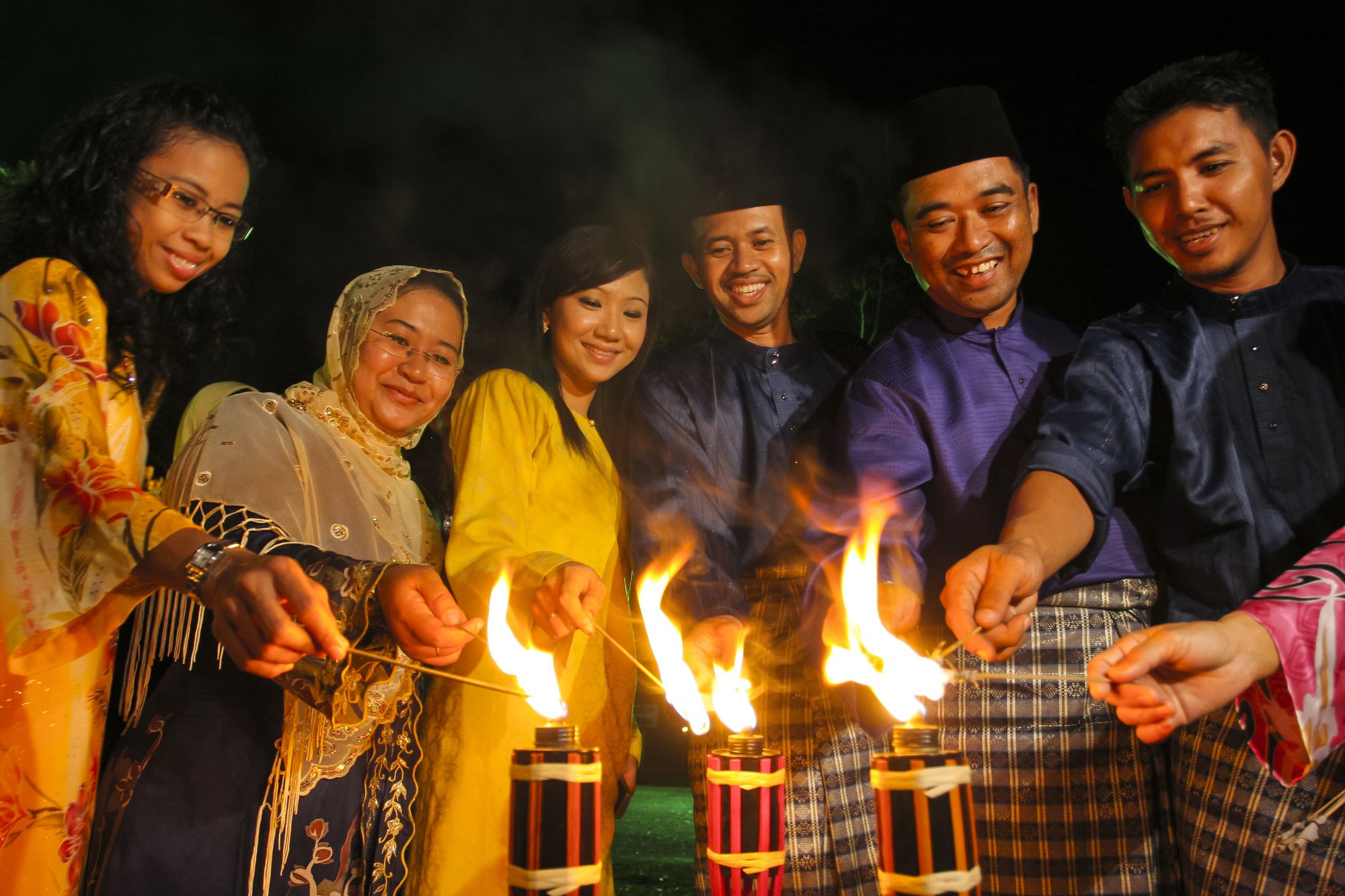
Saudi Arabia also has a tradition of sharing at Eid al-Fitr, where people anonymously leave rice and other food outside the homes of the less fortunate.
Eid al-Fitr Events
In many countries there are large-scale celebrations that take place during Eid al-Fitr. In Indonesia, Eid al-Fitr is known as ‘Lebaran’ and the celebration includes huge crowds on the streets with drums and firecrackers. Cultural events and shows are held in other countries such as the UAE.
Eid al-Fitr Gifts
It is a tradition around the world for families to exchange gifts and people to give gifts to loved ones on Eid al-Fitr. In many countries it is common for children to be given money - in Malaysia this is known as duit raya or 'green money packets'.
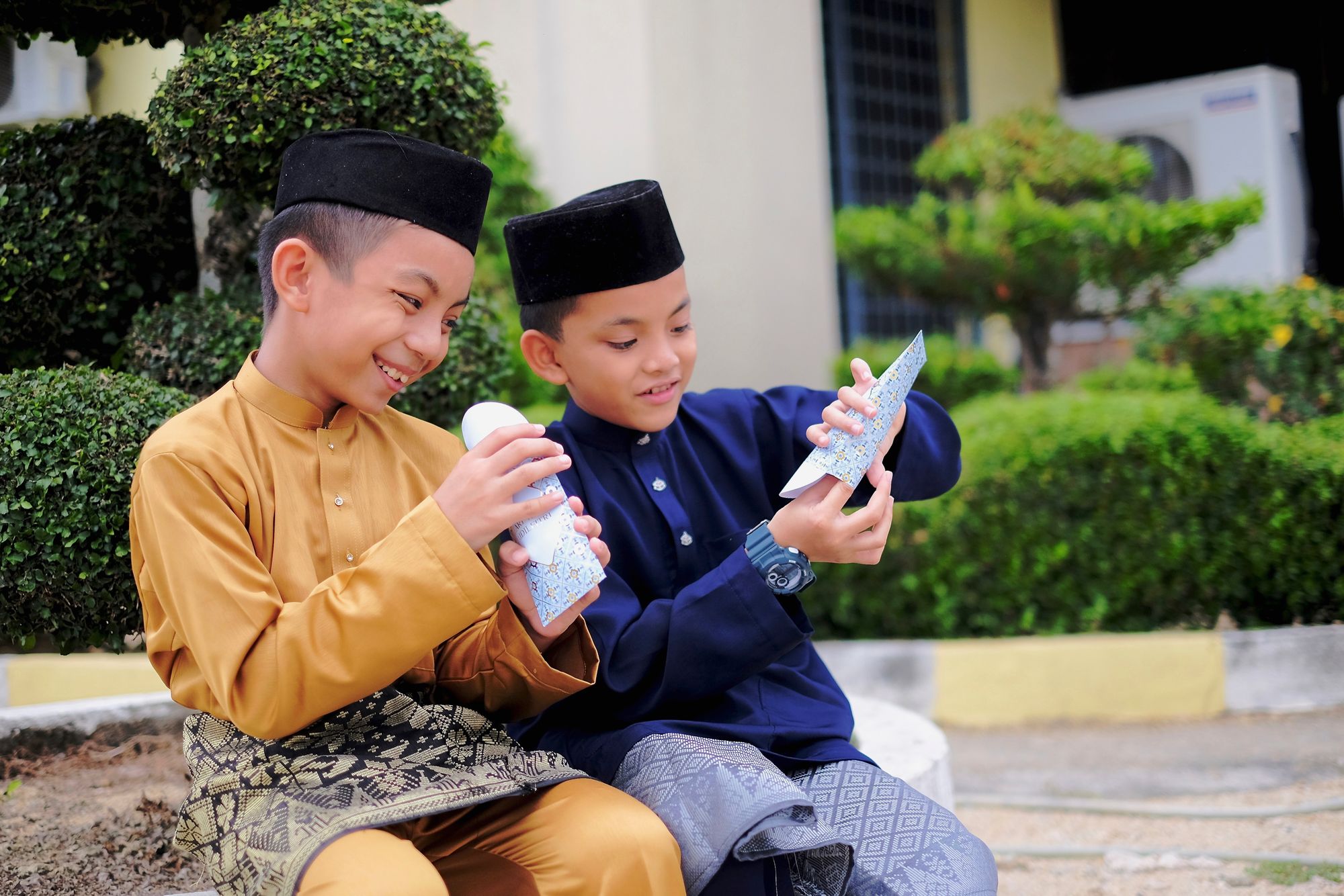
Afghanistan's unusual Eid al-Fitr tradition
Afghanistan has arguably the most unusual Eid al-Fitr tradition. Known as Tokhm-Jangi, it involves painting hard-boiled eggs and competing with them - a bit like a conker fight - where you bump eggs with your opponent and have to try to keep your egg from breaking while trying to break your opponent’s egg.
Halalbooking.com can help you plan your international travel, staying in halal-friendly hotels and private villas around the world.
We wish you and your loved ones Eid Mubarak. May Allah Almighty shower His blessings upon you and your loved ones, and may He grant you the highest level of happiness and joy on this auspicious day.
